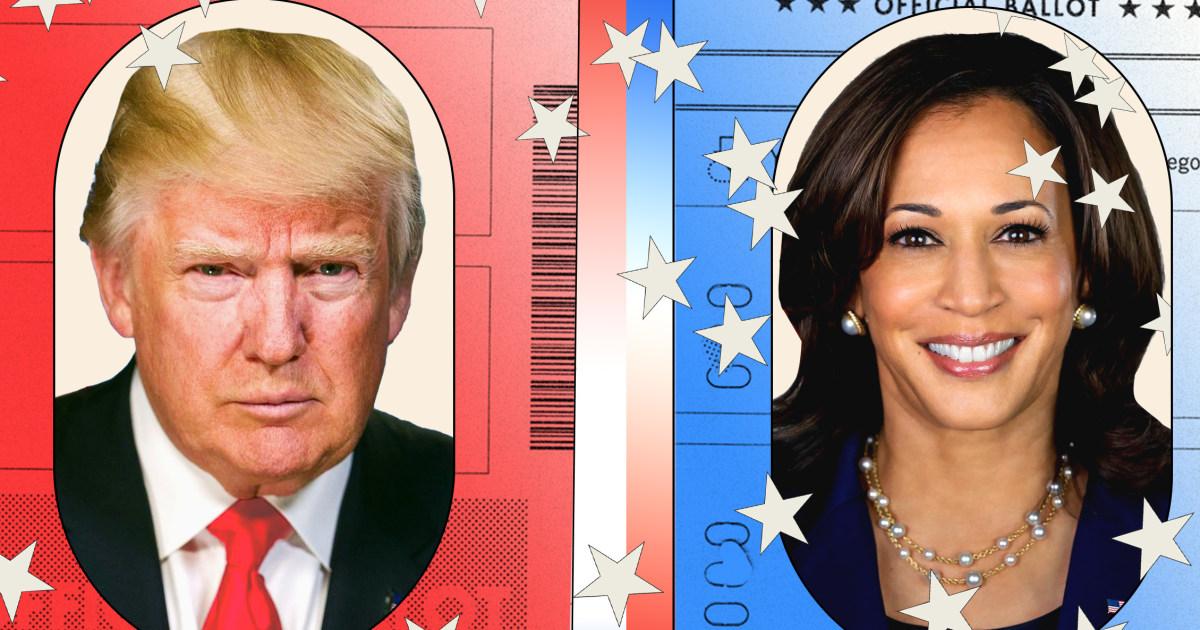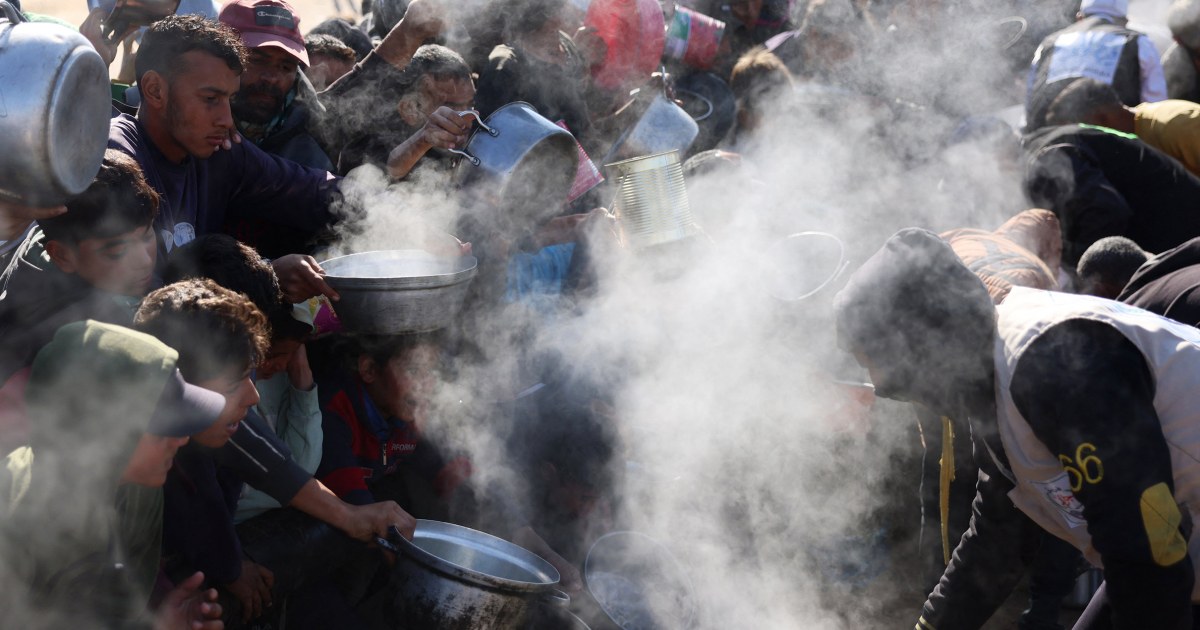World
Presidential debate live updates: Harris and Trump spar over abortion, immigration and economy in first faceoff of 2024 race

Analysis
It’s true that no one in the Biden administration was held accountable for the final withdrawal of troops from Afghanistan in August 2021, a chaotic event that resulted in 13 deaths.
But Trump and Biden share responsibility for the withdrawal and its consequences. Both publicly supported pulling U.S. troops out and rejected advice from military commanders to keep a small U.S. force on the ground.
Trump and his supporters have tried to solely blame Biden and Harris for the chaotic pullout. The Biden administration, in a National Security Council report last year, tried to pin most of the blame on the Trump administration, arguing that Biden was “severely constrained” by Trump’s decisions.
In February 2020, the Trump administration negotiated an agreement with the Taliban that excluded the Afghan government, reduced U.S. troops levels from 12,500 to 2,500, freed 5,000 Taliban prisoners in a prisoner exchange and required all U.S. troops to withdraw by May 1, 2021.
In return, the U.S received an ambiguous pledge from the Taliban not to allow Afghanistan to become a base for terrorist attacks against the U.S. and its allies.
Trump then scaled back U.S. troop levels over the course of 2020 from about 13,000 to 2,500 as part of the deal, even though the Taliban did not keep its commitment to reduce violence and it maintained ties with Al Qaeda. Republican lawmakers in November expressed alarm over the troop reductions, with Sen. Marco Rubio, of Florida, warning of a “Saigon-type situation.”
The February 2020 Doha agreement and the troop drawdown presented Biden with difficult choices. Some administration officials were concerned that if the U.S. chose to renege on the Doha agreement, the administration would have to deploy additional U.S. troops in Afghanistan to bolster the small contingent remaining. That, in turn, risked triggering an intensified war with the Taliban.
The head of U.S. Central Command, Gen. Frank McKenzie, recommended keeping a small force of 2,500 in place to counter the terrorist threat from the country and to support the Afghan army. The chairman of the Joint Chiefs, Gen. Mark Milley, agreed with the recommendation.
Biden eventually moved up the timeline for full troop withdrawal to Aug. 31 (from Sept. 11) as the Taliban made dramatic advances across the country.
In August, Taliban forces seized Kabul without a fight, and Afghan President Ashraf Ghani fled the country amid chaotic scenes at the Kabul airport. Desperate Afghans climbed onto the wings of a U.S. cargo plane and fell from the sky after it took off.
On Aug. 26, a bombing at the airport’s Abbey Gate during the final days of withdrawal killed 13 U.S. service members and 170 Afghans and wounded many more people. The attack was carried out by ISIS.








